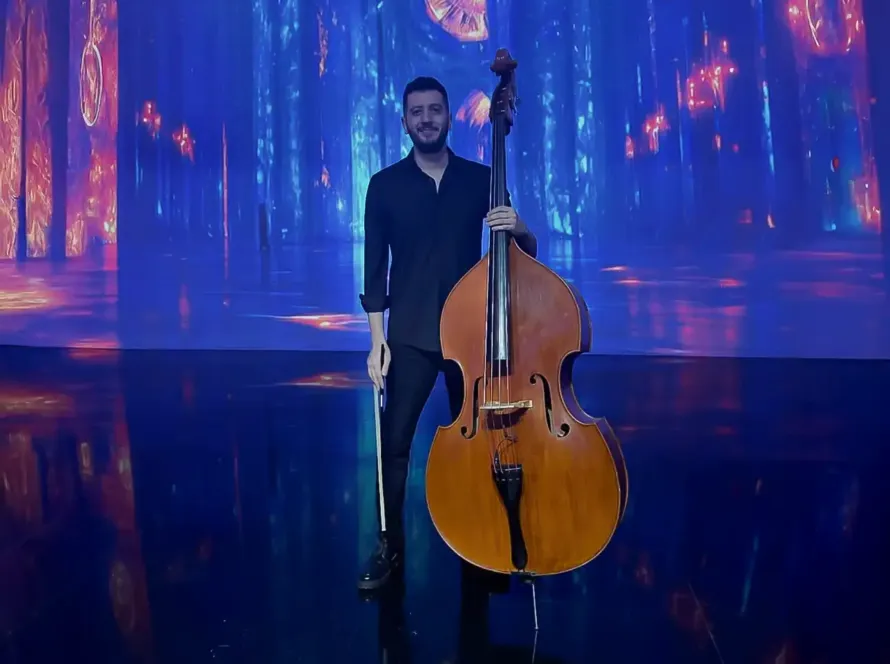10 Pointers for Musician Platform Presence
You play your instrument well. Your voice is strong. Your songs are ready. That’s half the battle. The other half happens the moment you walk onto a platform. Your platform presence for musicians is the invisible current that connects you to your audience. It’s the difference between a technically correct recital and a show that makes people feel something.
Playing notes is insufficient in a city like Dubai, which has high standards for live entertainment. You need to put on a show. You need platform composure. It seems like a mysterious quality some people have, right? Wrong. It’s a skill. A set of techniques you can learn and practice. Let’s break down ten key pointers.
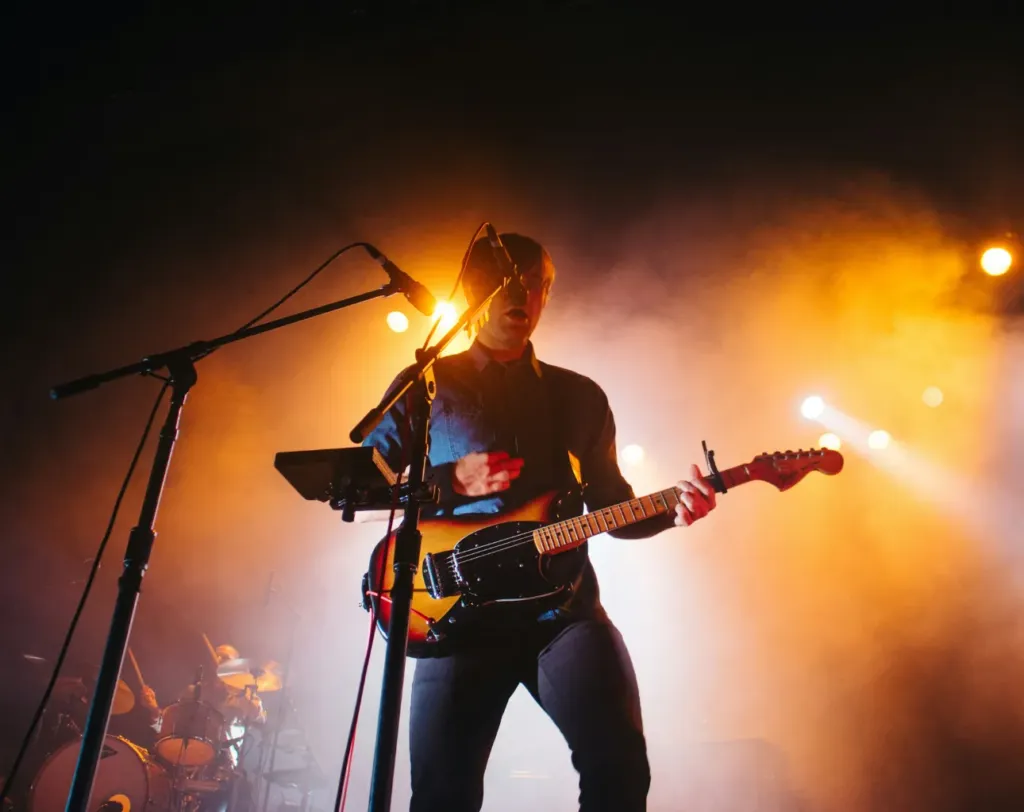
1. Develop Composure Before You Arrive
The show starts before you leave the house. Your performance mindset is everything. Preparation is the antidote to nerves. Know your material cold. Rehearse until the arrangements are second nature. When you know what you are playing, you free up mental space to connect with the room. Also, visualize a successful presentation. Run the show in your head, moment by moment. See yourself hit every note, connect with the audience, and enjoy the process.
2. Connect With Your Audience; Avoid a Wall
A platform is a point of connection, a barrier. Your job is to erase the barrier. Look at people. Make eye contact. Scan the room. Acknowledge different sections. Talk between songs. Tell a short story. Ask a question. Simple human interaction makes the presentation feel like a shared happening, a conversation. These audience engagement tips are fundamental platform performance skills.
3. Manage Your Body Language and Movement
Your body speaks volumes before you play a note. Stand or sit tall. Avoid slouch posture. Move with purpose. Even small gestures—a nod, a smile, tapping your foot to the beat—communicate your connection to the music. Use platform movement tips wisely. Explore your space on the platform. Move toward different sections of the audience. Lean into a solo. A static performer feels disconnected. Movement shows animation.
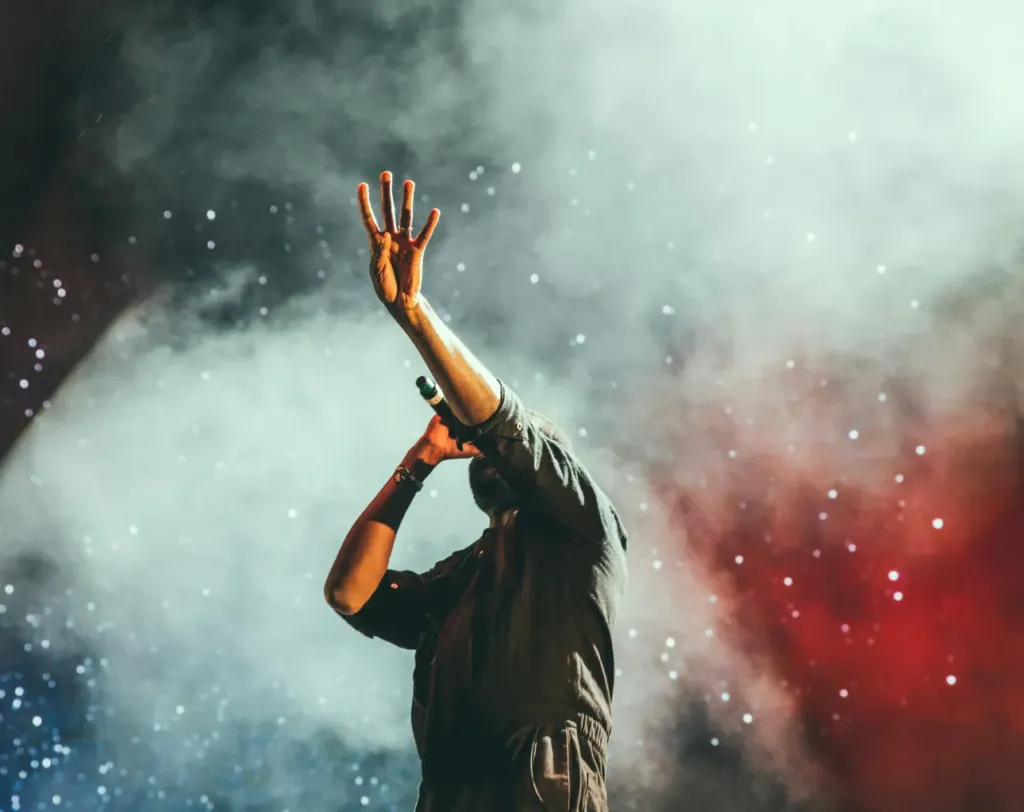
4. Link With Your Band or Fellow Musicians
If you are part of a group, the connection between you is part of the show. Audiences love to see that non-verbal communication. Make eye contact with your bandmates. Give a nod before a big chorus. Smile after a tight instrumental section. Listen to each other musically. The live show energy multiplies when the performers are clearly in sync and enjoy playing together.
5. Utilize the Platform Space
The platform is your canvas. Avoid confinement to one small area. Use the complete platform layout. Walk to the front for an important vocal line. Step back during an instrumental break. Interact with your bandmates in different parts of the arrangement. A thoughtful use of space adds visual interest and makes the presentation feel bigger. Consider your stage appearance and outfit as part of this visual picture.
6. Rehearse With Actual Equipment and Platform Arrangement
Your rehearsal room is a laboratory. Your performance rehearsal guide should include sessions that simulate the real thing. Practice with the same instruments, amplifiers, and microphones you will use for the show. Set up your gear in the same configuration. Rehearse in a space that approximates the size and acoustics of the actual venue. This builds muscle memory and reduces the chance of surprises on the night. A solid sound check routine for musicians is part of this preparation.
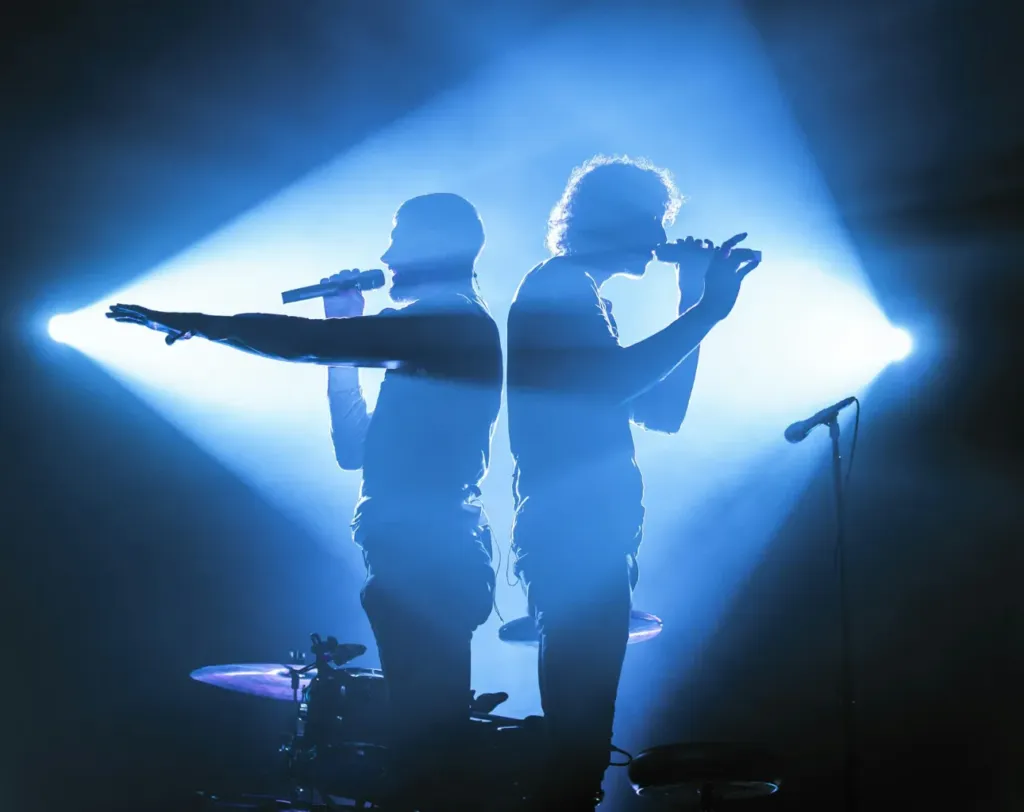
7. Address Platform Fright and Performance Nerves
Let’s be honest. Nerves happen. To everyone. The key is how you channel that energy. Reframe the feeling. It is anticipation, not fear. A few slow, low breaths before you go on can make a huge difference. Have a small pre-show ritual, something which grounds you. Remember why you do this – for the love of the music. Use that positive energy. These pointers help musicians manage performance anxiety.
8. Control Your Platform Energy and Pacing
A great live set has an arc. It has peaks and valleys. Avoid starting at full intensity and staying there. Vary the energy levels. Follow a high-tempo song with a slower ballad. Give the audience moments to catch their breath. The pacing of your setlist is a considerable part of the overall presentation. Map it out. Think like a director.
9. How to Keep Composure During Technical Problems
Stuff happens. A cable crackles. A microphone cuts out. The illumination does something weird. Your reaction is what matters. Panic helps no one. Signal the tech crew calmly. If appropriate, talk to the audience. A little humor can go a long way. “Well, seems the guitar needs a little nap!” Keep your cool. The audience will take their cue from you.
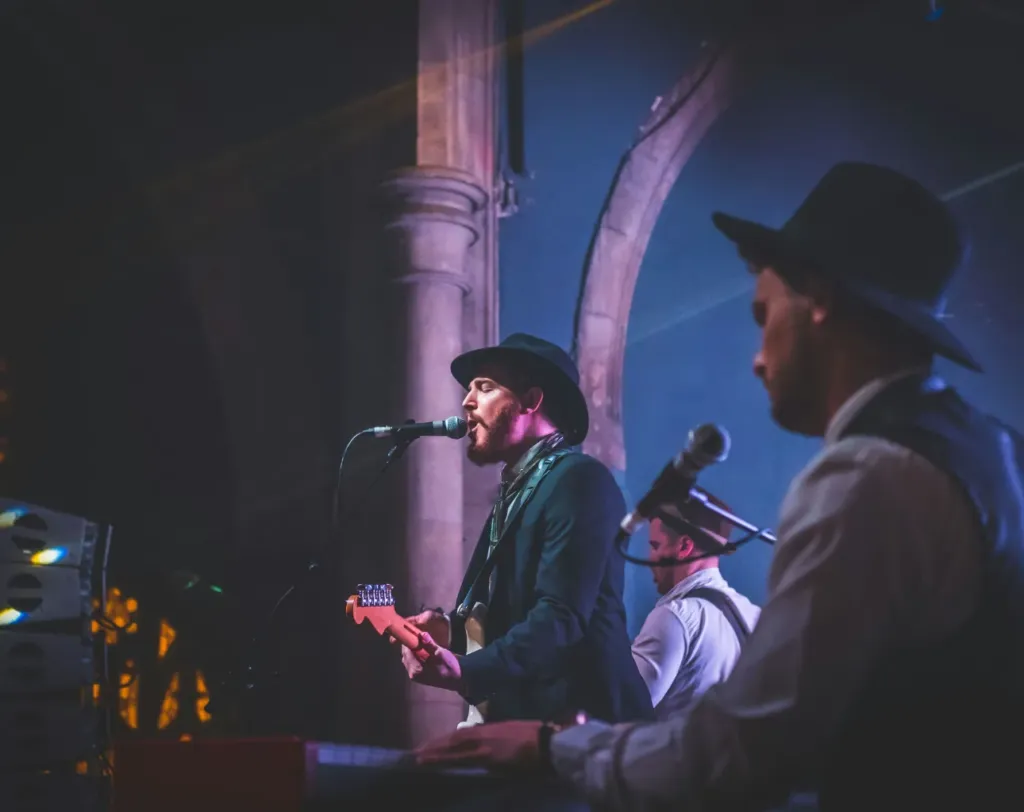
10. The Final Polish: Preparation is Key
These live performance tips point back to one core idea: preparation breeds composure. The more you practice your music, rehearse your movements, and plan your set, the freer you will be to connect with your audience in the moment.
Platform presence for musicians is an art but also a science. It is about understanding the psychology of performance and the mechanics of audience connection. It is about respect for your art and respect for your audience. Put in the work; the results will show every time you take the stage. Good music concert tips always return to this foundation.

